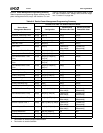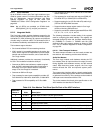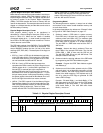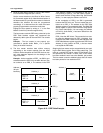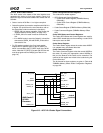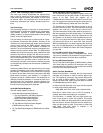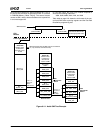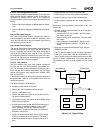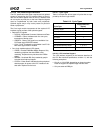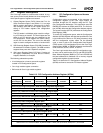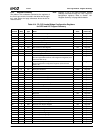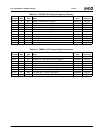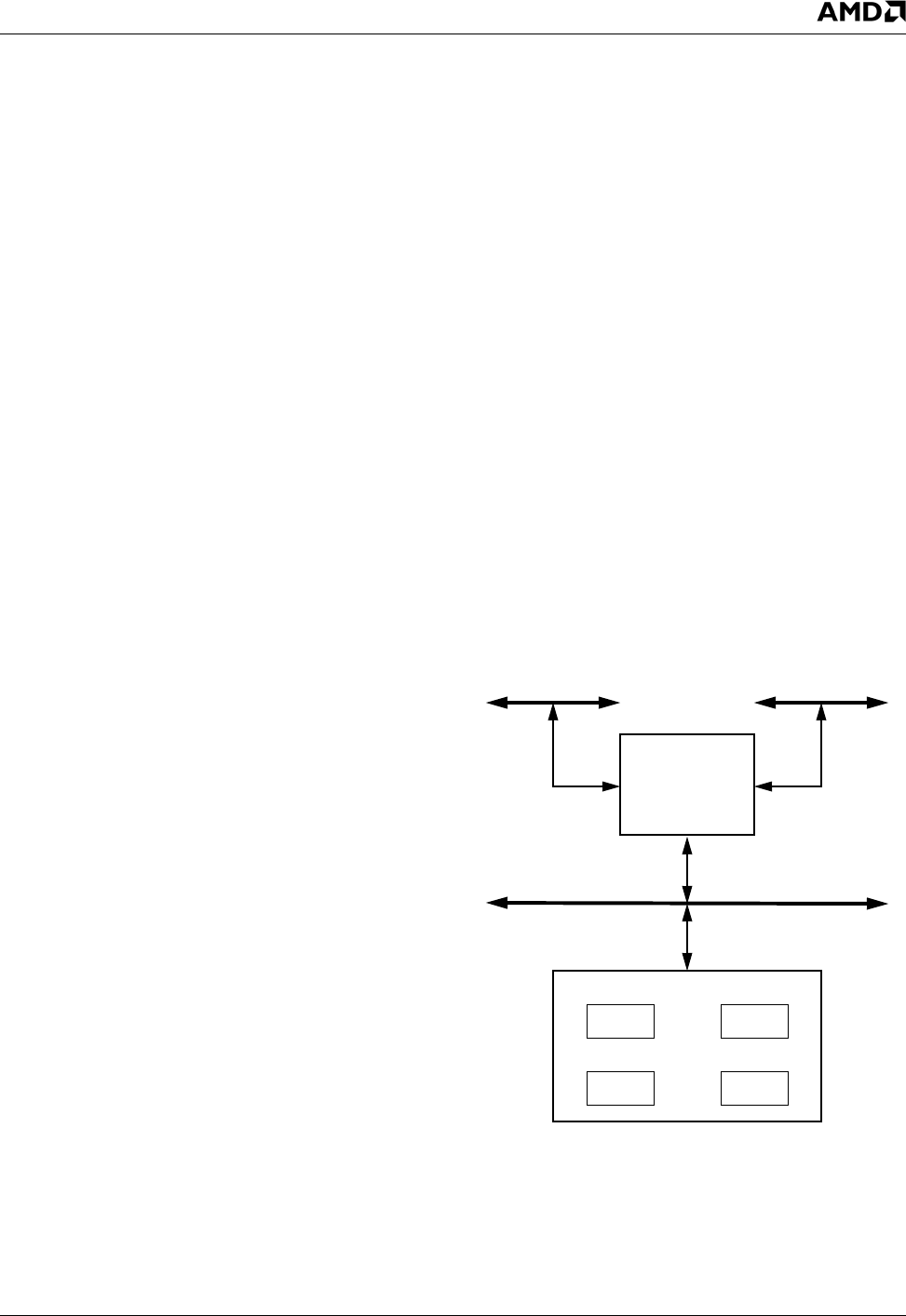
AMD Geode™ SC2200 Processor Data Book 181
Core Logic Module
32580B
6.2.12.4 IRQ Configuration Registers
The Core Logic module provides the ability to set and clear
IRQs internally through software control. If the IRQs are
configured for software control, they do not respond to
external hardware. There are two registers provided for this
feature:
• Internal IRQ Enable Register (F3BAR0+Memory Offset
1Ah)
• Internal IRQ Control Register (F3BAR0+Memory Offset
1Ch)
Internal IRQ Enable Register
The Internal IRQ Enable register configures the IRQs as
internal (software) interrupts or external (hardware) inter-
rupts. Any IRQ used as an internal software driven source
must be configured as internal.
Internal IRQ Control Register
The Internal IRQ Control register allows individual software
assertion/de-assertion of the IRQs that are enabled as
internal. These bits are used as masks when attempting to
write a particular IRQ bit. If the mask bit is set, it can then
be asserted/de-asserted according to the value in the low-
order 16 bits. Otherwise the assertion/de-assertion values
of the particular IRQ can not be changed.
6.2.12.5 LPC Interface
The LPC interface of the Core Logic module is based on
the Intel Low Pin Count (LPC) Interface specification, revi-
sion 1.0. In addition to the requirement pins that are speci-
fied in the Intel LPC Interface specification, the Core Logic
module also supports three optional pins: LDRQ#, SER-
IRQ, and LPCPD#.
The following subsections briefly describe some sections of
the specification. However, for full details refer to the LPC
specification directly.
The goals of the LPC interface are to:
• Enable a system without an ISA bus.
• Reduce the cost of traditional ISA bus devices.
• Use on a motherboard only.
• Perform the same cycle types as the ISA bus: memory,
I/O, DMA, and Bus Master.
• Increase the memory space from 16 MB to 4 GB to allow
BIOS sizes much greater.
• Provide synchronous design. Much of the challenge of
an ISA design is meeting the different, and in some
cases conflicting, ISA timings. Make the timings
synchronous to a reference well known to component
designers, such as PCI.
• Support software transparency: do not require special
drivers or configuration for this interface. The mother-
board BIOS should be able to configure all devices at
boot.
• Support desktop and mobile implementations.
• Enable support of a variable number of wait states.
• Enable I/O memory cycle retries in SMM handler.
• Enable support of wakeup and other power state transi-
tions.
Assumptions and functionality requirements of the LPC
interface are:
• Only the following class of devices may be connected to
the LPC interface:
— SuperI/O (FDC, SP, PP, IR, KBC) - I/O slave, DMA,
bus master (for IR, PP).
— Audio, including AC97 style design - I/O slave, DMA,
bus master.
— Generic Memory, including BIOS - Memory slave.
— System Management Controller - I/O slave, bus
master.
• Interrupts are communicated with the serial interrupt
(SERIRQ) protocol.
• The LPC interface does not need to support high-speed
buses (such as CardBus, 1394, etc.) downstream, nor
does it need to support low-latency buses such as USB.
Figure 6-15 shows a typical setup. In this setup, the LPC is
connected through the Core Logic module to a PCI or host
bus.
Figure 6-15. Typical Setup
PCI/Host BusISA (Optional)
LPC
KBC SP
PP FDC
Core Logic
SuperI/O Module
Module




